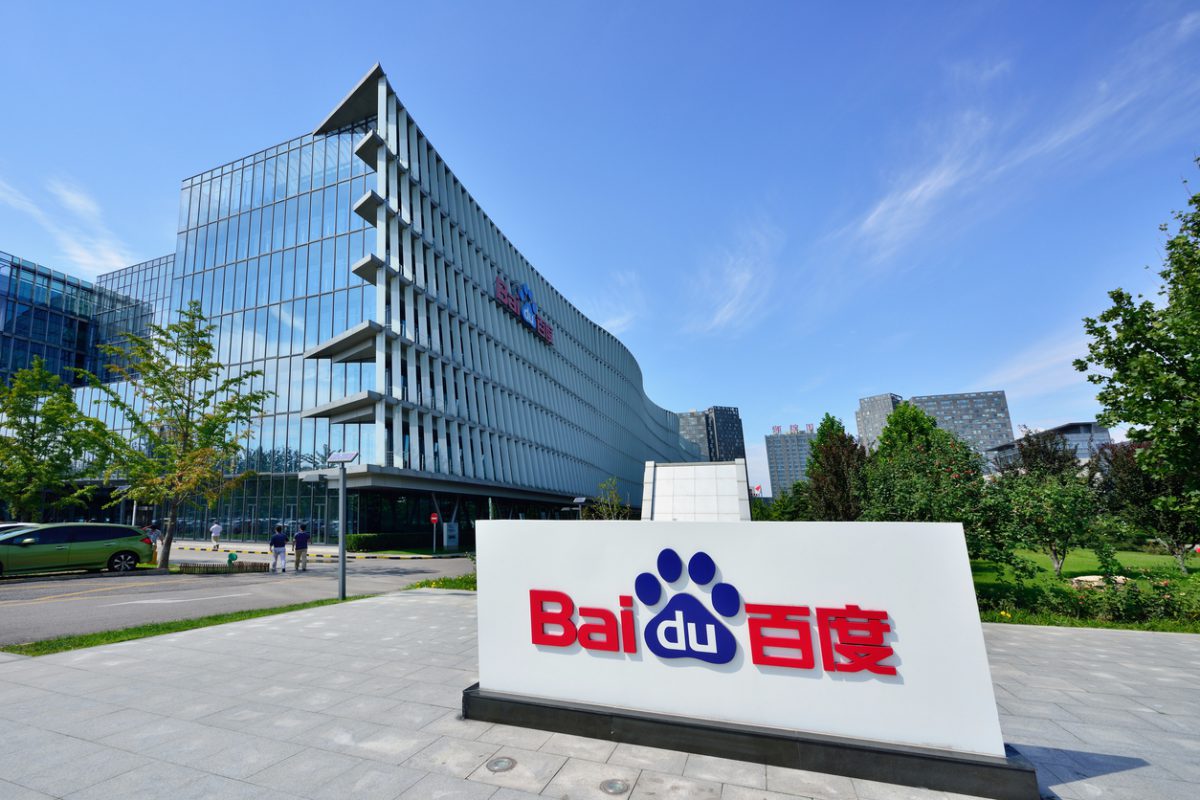Python 2.7 countdown for NumPy, TensorFlow Lite developer preview, Twitter’s premium APIs, and more in today’s trending stories around data science news.
NumPy to only support Python 3 in coming years
NumPy drops Python 2.7 support from 2020, team announces transition plan
As the Python core team is planning to stop supporting Python 2 in 2020, NumPy has decided to eventually drop Python 2.7 support. Citing “increasing burden” on their limited resources, NumPy announced a new plan where until Dec. 31, 2018, all NumPy releases will fully support both Python 2 and Python 3, but effective Jan. 1, 2019, any new feature releases will support only Python 3. The last Python 2 supporting release will be called long term support (LTS) release, and it will be supported by the community until Dec. 31, 2019. “To minimize disruption, running <pip install numpy> on Python 2 will continue to give the last working release in perpetuity, but after Jan. 1, 2019 it may not contain the latest features, and after Jan. 1, 2020 it may not contain the latest bug fixes,” the team said in its announcement.
New announcements from Google
Google launches developer preview of TensorFlow Lite for mobile machine learning
Google has announced the developer preview of TensorFlow Lite, a software library aimed at creating a more lightweight machine learning solution for smartphone and embedded devices. The company is calling it an evolution of TensorFlow for mobile and it’s available now for both Android and iOS app developers. TensorFlow Lite enables low-latency inference of on-device machine learning models, Google said, adding that it’s designed from scratch to be Lightweight, Cross-platform, and Fast. TensorFlow Lite, which was first announced at the I/O developer conference in May, supports the Android Neural Networks API introduced with the Android 8.1 developer preview.
Google adds Multi-Region support in Cloud Spanner
Google has announced the general availability of Cloud Spanner Multi-Region configurations, extending Cloud Spanner’s transactions and synchronous replication across regions and continents. The new release means that regardless of where the users may be, apps backed by Cloud Spanner can read and write up-to-date data globally with minimal latency. Besides, when running a Multi-Region instance, the database will be able to survive a regional failure, with 10x less downtime.
Twitter's subscription access to its data
Twitter announces premium APIs, starts with Tweet search at $149/month
Twitter has launched a bundle of premium application programming interfaces that will give developers access to more data such as Tweets per request and more complex queries (so far Twitter offered basic query functionality). These premium APIs will serve as a bridge between Twitter's free APIs and enterprise versions. As a first effort, Twitter has launched a public beta of its Search Tweets API which provides access to 30 days of Twitter data. The Search Tweets API will start at $149 a month. Twitter also introduced a new self-serve developer portal that gives the developers more transparent access to their data usage.
Announcing Elasticsearch 6.0
Elasticsearch 6.0 released: sequence IDs, circuit breakers, index sorting key improvements
Elasticsearch 6.0 has been released. Among the key improvements, sequence IDs will have consensus on the sequence of operations between a primary and a replica shard. This improves the ability to maintain coherency between data, helping to address a gap Elasticsearch has had over the years. Next, the circuit breakers improves detection of requests that end up consuming lots of resources. This way the requests can be isolated without bringing down a cluster. While there are features like index sorting which can significantly boost query time performance, another feature, sparse doc values, changes the way sparsely populated fields are stored, resulting in between 30 percent and 70 percent of savings in storage space. There are other new features spread out across the Elastic stack, comprised of Kibana, Beats and Logstash. These are, respectively, Elasticsearch's solutions for visualization and dashboards, data ingestion and log storage.
IBM's new software for AI, machine and deep learning
IBM unveils Deep Learning Impact, updates Spectrum LSF Suites and Spectrum Conductor
IBM’s new Deep Learning Impact (DLI) software will help users develop AI models using popular open-source deep learning frameworks like Spark, TensorFlow and Caffe. The DLI tools complement the PowerAI deep learning enterprise software distribution, and will be added to IBM's Spectrum Conductor software from December. In addition, the new release of IBM Spectrum LSF Suites will combine powerful workload management and reporting with a new intuitive user interface providing simple and flexible access. Finally, the latest version of IBM Spectrum Scale software provides support to move workloads such as unified file, object and HDFS from where it is stored to where it is analyzed. IBM said these new software offerings could help in production of parallel processing and clustered computing.
Read more
 United States
United States
 Great Britain
Great Britain
 India
India
 Germany
Germany
 France
France
 Canada
Canada
 Russia
Russia
 Spain
Spain
 Brazil
Brazil
 Australia
Australia
 South Africa
South Africa
 Thailand
Thailand
 Ukraine
Ukraine
 Switzerland
Switzerland
 Slovakia
Slovakia
 Luxembourg
Luxembourg
 Hungary
Hungary
 Romania
Romania
 Denmark
Denmark
 Ireland
Ireland
 Estonia
Estonia
 Belgium
Belgium
 Italy
Italy
 Finland
Finland
 Cyprus
Cyprus
 Lithuania
Lithuania
 Latvia
Latvia
 Malta
Malta
 Netherlands
Netherlands
 Portugal
Portugal
 Slovenia
Slovenia
 Sweden
Sweden
 Argentina
Argentina
 Colombia
Colombia
 Ecuador
Ecuador
 Indonesia
Indonesia
 Mexico
Mexico
 New Zealand
New Zealand
 Norway
Norway
 South Korea
South Korea
 Taiwan
Taiwan
 Turkey
Turkey
 Czechia
Czechia
 Austria
Austria
 Greece
Greece
 Isle of Man
Isle of Man
 Bulgaria
Bulgaria
 Japan
Japan
 Philippines
Philippines
 Poland
Poland
 Singapore
Singapore
 Egypt
Egypt
 Chile
Chile
 Malaysia
Malaysia















